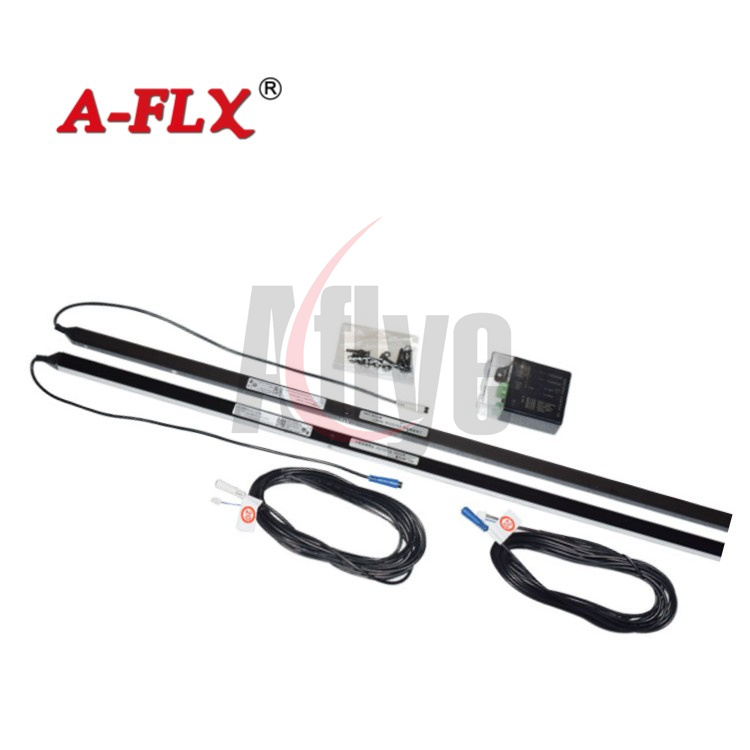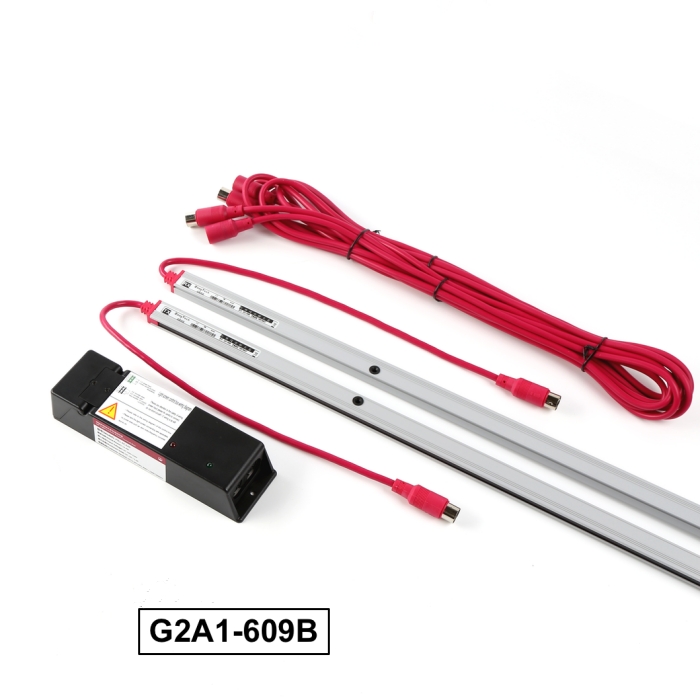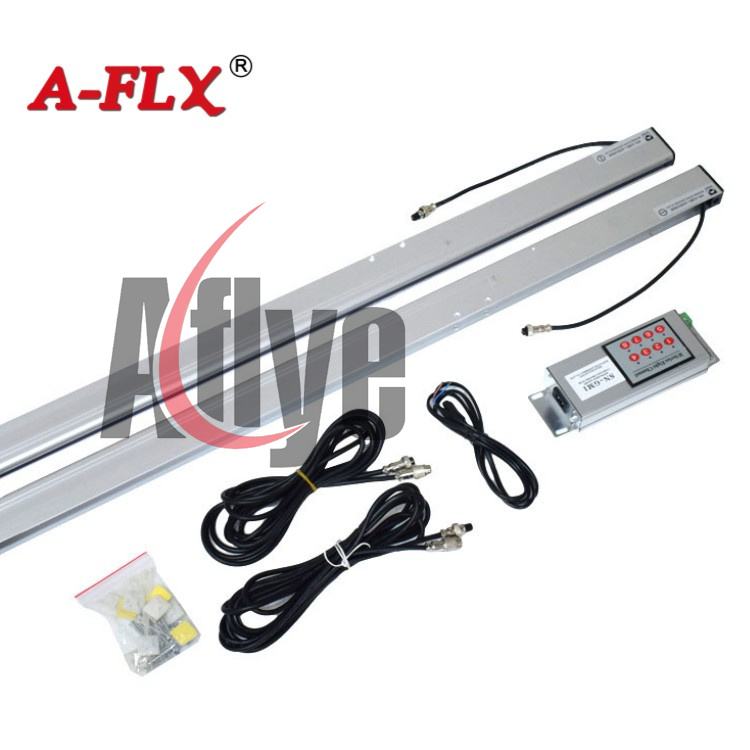Elevator light curtain is an optical safety device installed on passenger and freight elevators to protect passengers. It consists of infrared transmitters and receivers mounted on both sides of the elevator car door, a power supply box installed on the car roof, and a specialized flexible cable system.
The transmitter houses 32 (or 16) infrared emitting diodes, which are sequentially activated under the control of a microcontroller (MCU), scanning the elevator door area from top to bottom to create a dense infrared light curtain. If any of these light beams are interrupted, the system immediately outputs a signal to open the door. This halts the door’s closing motion and reverses it, keeping it open until the obstruction is removed from the detection zone, thus preventing accidents like door entrapment.
Troubleshooting solutions for elevator light curtains
Elevator light curtain malfunctions typically manifest in the following ways:
1. Elevator Doors Fail to Close
Elevator light curtains operate as a closed-loop protection system. When the infrared beam detection loop is interrupted, the elevator doors will not close. Non-standard interruptions may be caused by the following hardware issues:
① Obstructions in the Light Path: Check and remove any foreign objects blocking the infrared beam . Clearing the obstruction restores normal operation.
② Accumulated Dust: Prolonged use or operation in dusty or humid environments can cause dust buildup on the infrared emitters/receivers. Cleaning the sensors will restore functionality.
③ Damaged Emitters: Due to frequent scanning, infrared emitters are subject to wear and tear from repeated electrical excitation. Damaged emitters must be replaced.
2. Elevator Door Closure Interrupted
① Weak or Interrupted Signal: During door closure, if any infrared beam fails to be received, or its signal strength falls below the set threshold, the system will trigger and reverse the door motion. If this occurs without an actual obstruction, it is a false trigger. Damaged internal cables may also cause such system errors at specific positions.
②Emitter/Receiver Issues:Reduced emitter intensity or unstable quality due to aging, contamination, or manufacturing defects can result in false triggers.
Dust accumulation on the sensors can similarly reduce reception strength during the closing process.
3. Light Curtain Non-Responsive
If the infrared light curtain fails to trigger during door closure despite an obstruction, it poses a safety risk. Possible causes include:
① Insufficient Beam Density or Blind Spots: Low scanning density or poor scanning modes can create undetected areas.
② Inadequate Sensitivity: Light curtain sensitivity should be optimized.At full door opening, the infrared emission intensity should be at maximum.As the doors close, the intensity should progressively decrease, reaching a minimum at full closure. Failure to adjust sensitivity may cause obstructions to go undetected, especially if the infrared beam is too strong at short distances.
③Environmental Interference: Infrared signals from sunlight or similar wavelengths in the elevator’s background (e.g., glass-walled observation elevators or outdoor installations) can interfere with the light curtain’s operation, causing it to incorrectly detect a clear path even when an obstruction is present.
Elevator light curtain is an important safety component.Purchasing the safe and reliable light curtains and keeping daily maintaining are crucial for ensuring elevator safety, smooth operation, and long-term durability.






